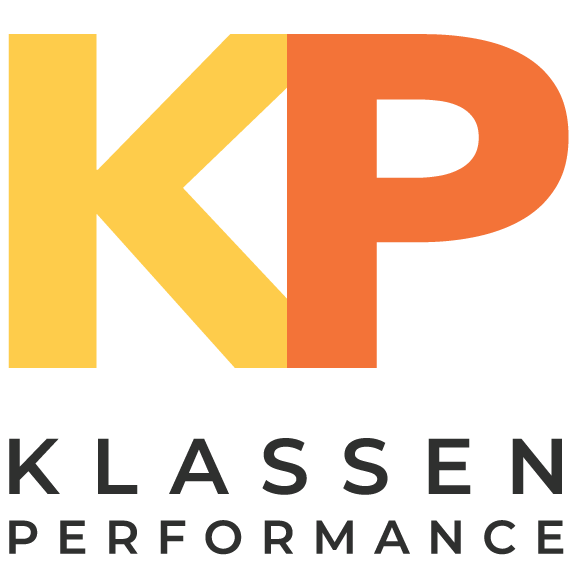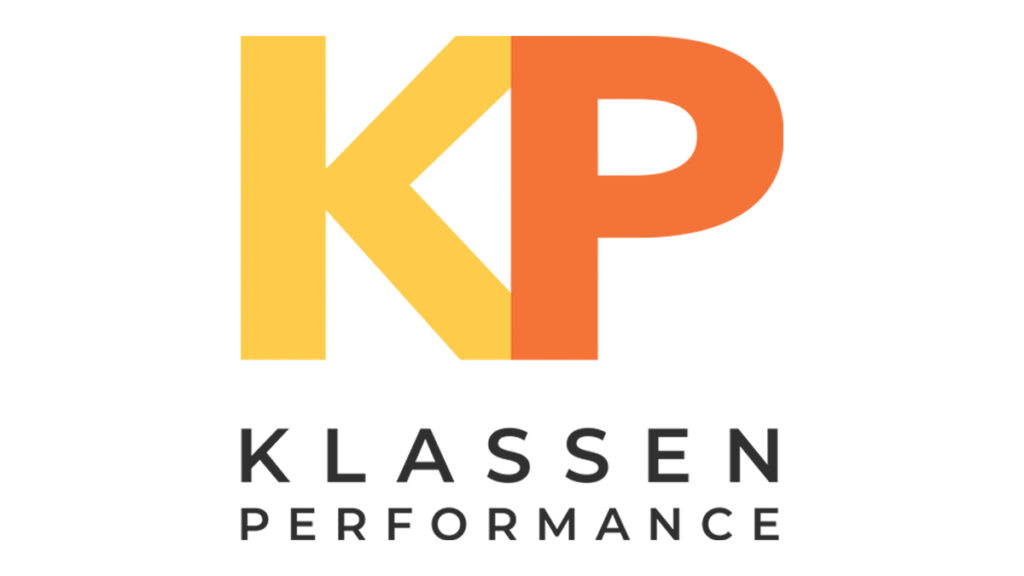
Conflict is inevitable in leadership. The difference between good leaders and great ones? How they handle it.
Most people see conflict as something to avoid, an obstacle that creates tension, slows progress, and damages relationships. But top leaders recognize that conflict isn’t just a challenge, it’s an opportunity.
Handled well, conflict can spark innovation, strengthen relationships, and build trust. And the key to turning conflict into opportunity? Emotional intelligence (EI).
The EI Advantage In Conflict Resolution
Emotional intelligence is the ability to understand and manage emotions—both yours and others’. In moments of conflict, leaders with high EQ do five critical things:
- They stay calm instead of reacting emotionally.
- They seek to understand before seeking to be understood.
- They reframe conflict as a chance for growth.
- They find common ground instead of just winning.
- They move the conversation forward with a solution-oriented mindset.
How Top Leaders Use EI To Transform Conflict
1. Pause Before Reacting: Master Emotional Control
A leader’s reaction sets the tone for the entire conversation. If you get defensive or emotional, the conflict escalates. If you stay composed, you create space for productive dialogue.
EI in Action: When faced with criticism, top leaders don’t fire back. Instead, they pause, take a breath, and respond with curiosity rather than defensiveness.
Try This: Next time you feel triggered in a conflict, ask yourself, “What’s really going on here?” This shift helps you move from reacting to responding.
2. Listen To Understand, Not Just To Respond
Most people listen to defend their position. Emotionally intelligent leaders listen to uncover insights, even in tough conversations.
EI in Action: Instead of interrupting or forming a counterargument while someone speaks, they focus fully on understanding the other person’s perspective.
Try This: When in conflict, ask, “What’s important to you in this situation?” This simple question helps uncover the root of the issue and makes the other person feel heard.
3. Reframe Conflict As A Learning Opportunity
Conflict isn’t just about disagreement—it’s about discovery. Leaders with high EI see conflict as a way to strengthen relationships and improve outcomes.
EI in Action: When tensions rise, top leaders ask, “What can we learn from this?” This shift moves the conversation from personal attacks to problem-solving.
Try This: Instead of dreading conflict, approach it with curiosity. Ask, “How can we make this situation better than it was before?”
4. Find Common Ground Instead Of ‘Winning’
In many conflicts, people become entrenched in their positions. Great leaders use EI to bridge the gap by focusing on shared goals.
EI in Action: When negotiating, they highlight areas of agreement before addressing differences, making collaboration easier.
Try This: Identify one shared priority at the start of a conflict discussion. It shifts the mindset from opposition to partnership.
5. Move The Conversation Forward With Solutions
Emotionally intelligent leaders don’t let conflict linger; they guide it toward resolution. They acknowledge emotions, but they don’t get stuck in them.
EI in Action: They ask solution-oriented questions like, “What would a positive outcome look like for both of us?”
Try This: At the end of a conflict conversation, summarize the key points and ask, “What’s one action we can each take to move forward?” This prevents conflicts from repeating.
The Bottom Line
Conflict isn’t the enemy—mismanaged conflict is.
When leaders use emotional intelligence to navigate tough conversations, they don’t just resolve issues—they build stronger teams, foster innovation, and earn trust.







